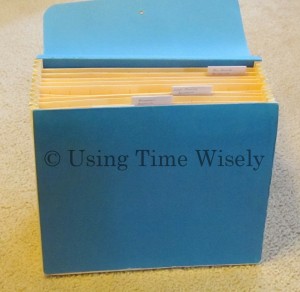 We have reached my favorite section of our important document organization – the estate planning documents. This is actually the section where I disagree with Suze Orman.
We have reached my favorite section of our important document organization – the estate planning documents. This is actually the section where I disagree with Suze Orman.
She is a financial planner, and I appreciate her financial advice. However, estate planning is legal based, and Suze, Love Bug, is not an attorney.
Having worked in the legal field as a legal secretary and then a legal assistant, I learned the value of a great attorney. For our estate planning documents, we hired an attorney. When we purchased our estate planning package, we paid around $600 almost 10 years ago which was worth every cent.
Before we dive into the estate planning section, let me give you a quick review of how far we’ve come, and an overview of where we are going.
Review
For those of you just joining our document organization or those who just need a reminder, we have organized File Box 1 and File Box 2. We are plugging away at the 5 sections of File Box 3. Having covered our Social Security documents, retirement plan documents, and investment documents, let’s turn to estate planning documents.
Overview
Located within 5 file openings, I keep the following documents in our Estate Planning section:
- File Opening 1: Checklists
- File Opening 2: Estate Planning Documents
- File Opening 3: Copies of Estate Planning Documents
- File Opening 4: Correspondence
- File Opening 5: Research
As we cover the contents of each file opening, I will share the choices Paul and I have made. Our situation is different from yours, and a reputable, local attorney can best advise you on your state’s laws and your estate planning options.
If you purchased a Suze Orman Protection Portfolio, please do not use her estate planning documents. The only exception would be if you live in California, but even then, you would want to hire a local attorney to review the documents for you.
Creating these estate planning documents is too important to go the easy, cheap route. You definitely need experience when putting your house in order.
Please do not ignore this section because you do not have $600 to fork over to an attorney. Paul and I saved for almost 2 years before taking the plunge. Knowing what you need and what documents the attorney needs will empower and give you confidence when you seek an attorney.
Next week, we will begin the checklist section of our estate planning documents. Feel free to ask any questions. I will do my best to point you in the right direction, but I am not a legal expert or an attorney. Happy organizing!
Question: How much did you pay for your estate planning documents?
